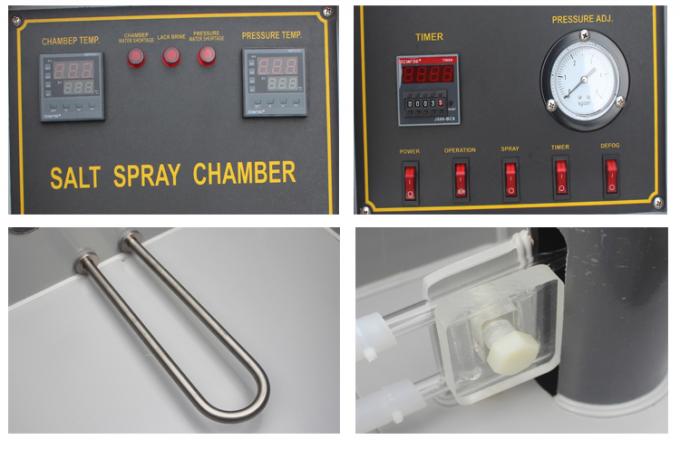- Qinsun Instruments Co., Ltd.
- Tell:+86-21-6780 0179
- Phone:+86-17740808215
- Address:No. 2578 Minhang District Gu Dai Road, Shanghai
- Contact:Mr. Li
- QQ:846490659
Selection guide for conductivity measuring instruments

The conductivity meter is an online water quality analysis instrument developed for high-end water quality management and automation control in medical multi effect distilled water systems, boiler bottom water, condensate water, heat exchange systems, industrial thermal cleaning of mechanical components, industrial circulating water, and other high-temperature environments. It has a wide temperature range.
Selection guide:
1. The accuracy level of a conductivity meter is determined by the ratio of the test error to the full range value, which is known as the "reference error". For instruments of level 0.5, 1.0, 1.5, and 2.0, their citation errors are 0.5%, 1.0%, 1.5%, and 2.0%, respectively.
If the instrument has a full scale of 200 μ The testing error of the 2.0 level instrument at s/cm is ± 4 μ If the instrument has a full scale of 20, s/cm μ S/cm, 2.0 level instrument testing error is ± 0.4 μ S/cm users should select an appropriate level of conductivity meter based on measurement accuracy requirements. At the same time, for manual conversion of multi range instruments, in order to obtain small testing errors, it is advisable to choose low range testing as much as possible.
The "+" series conductivity meters produced by Chengdu Century Ark Technology have multiple accuracy levels and automatic range conversion function, without the need for manual conversion, making them convenient and reliable.
2. The influence of liquid temperature on conductivity cannot be ignored. When the solution temperature is low, the resistance between ions increases, and the conductivity of the solution is also low; On the contrary, as the temperature increases, the activity of ions increases, and the conductivity of the solution increases. Therefore, the conductivity values of the same solution at different temperatures are different. Therefore, testing often compensates (converts) the conductivity values of the solution at different temperatures to the conductivity values at the reference temperature (25 ℃) to eliminate the influence of temperature changes on measurement accuracy. To overcome the influence of temperature on solution conductivity, instruments with temperature compensation should be selected.





